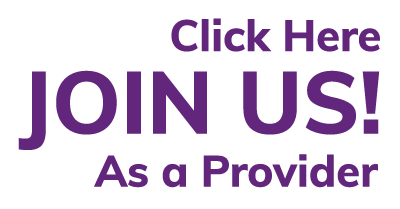Best OTC medications for fungal skin infections

There are several over the counter antifungal medications available at your local pharmacy. But, first, how do you know if you have a fungal infection? It appears generally like a red, burning rash. It can also appear like scaly, shiny, or flaky patches. Sometimes it itches.
Most common areas to have a fungal rash are in groin folds, under breasts, on nail beds, or on feet, or a vaginal yeast infection. The best way to determine if you have one is to be examined by a medical provider. The provider may take a culture or scraping and send it to the lab for confirmation.
Antifungals work by damaging the cell wall of the fungus, which causes the fungal cell to die. The best OTC medications for fungal skin infections are listed below.
- Clotrimazole (Lotrimin) Available OTC in solution/spray and cream
- Miconazole (Micatin) Available OTC in solution/spray, lotion, cream, and powder
- Tolnaftate (Tinactin) Available OTC in solution, spray, lotion, cream, and gel/ointments
There are also several prescription strength antifungals that your doctor can prescribe.
Reference
Weinstein, A., & Berman, B. (2002, May 15). Topical treatment of common superficial tinea infections. American Family Physician. Retrieved March 2, 2022

This article reviewed by Dr. Jim Liu, MD and Ms. Deb Dooley, APRN.
There’s nothing more important than our good health – that’s our principal capital asset.
#medical #telehealth #umedoc






